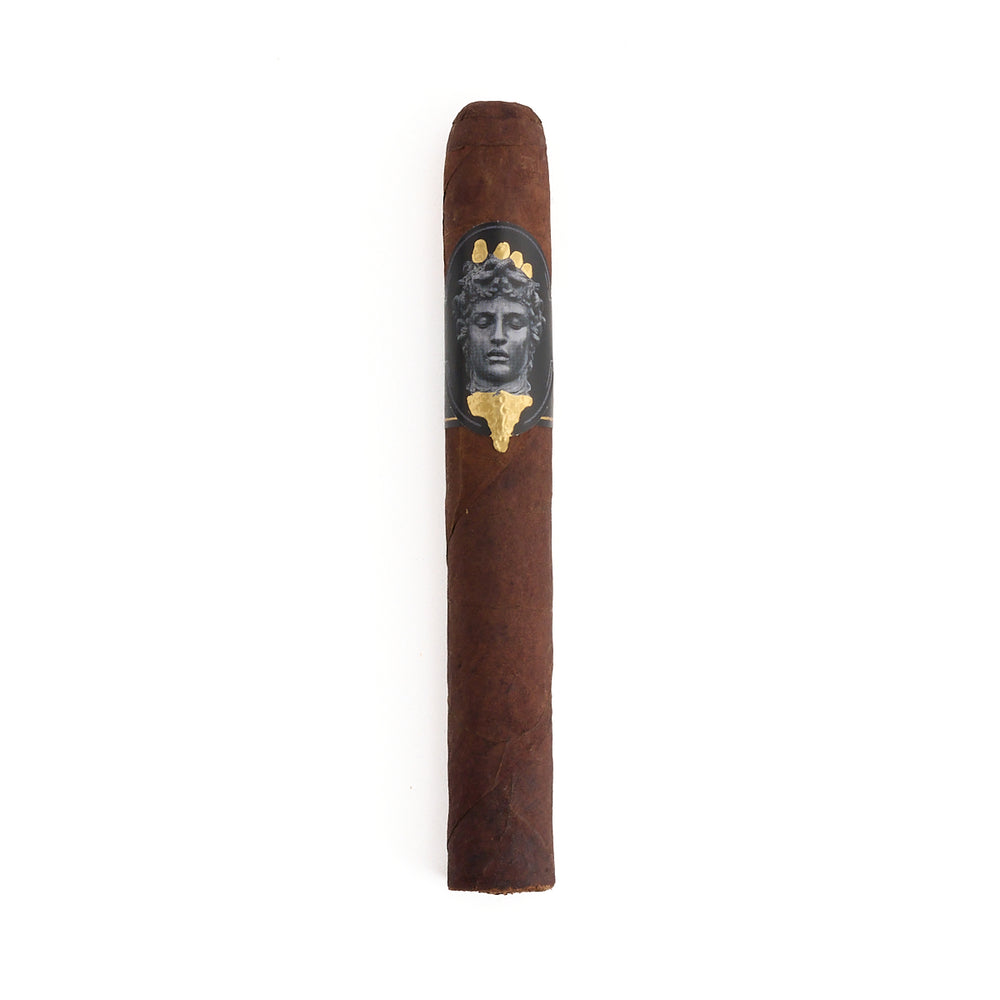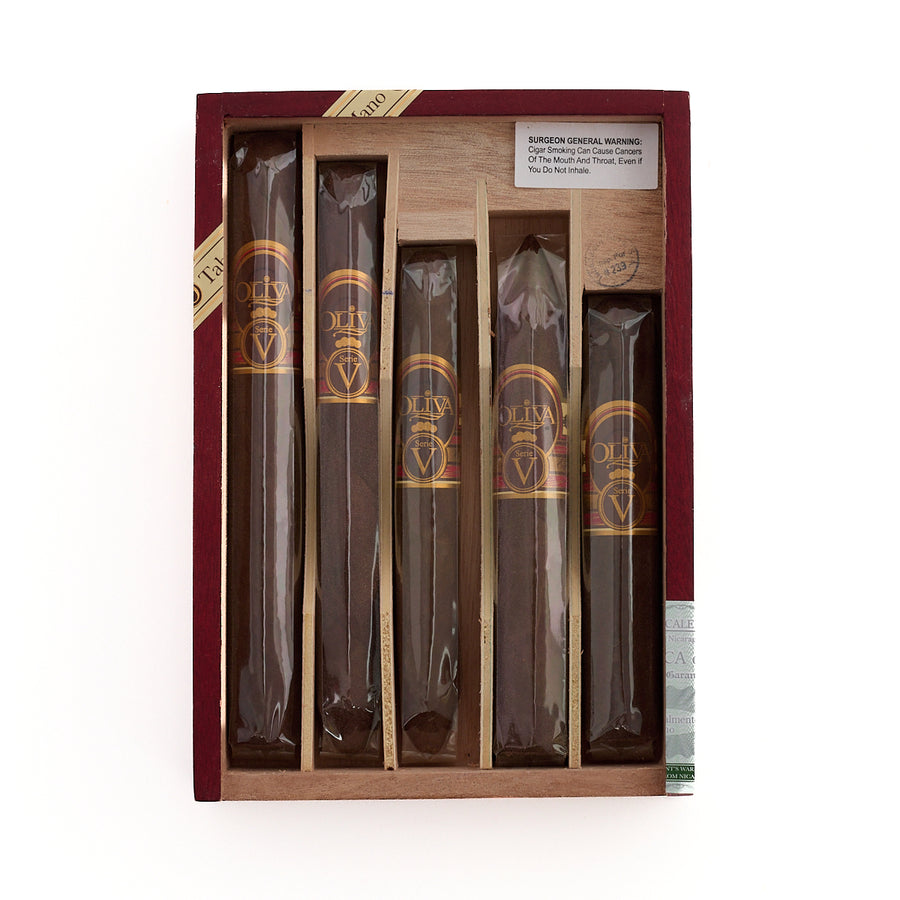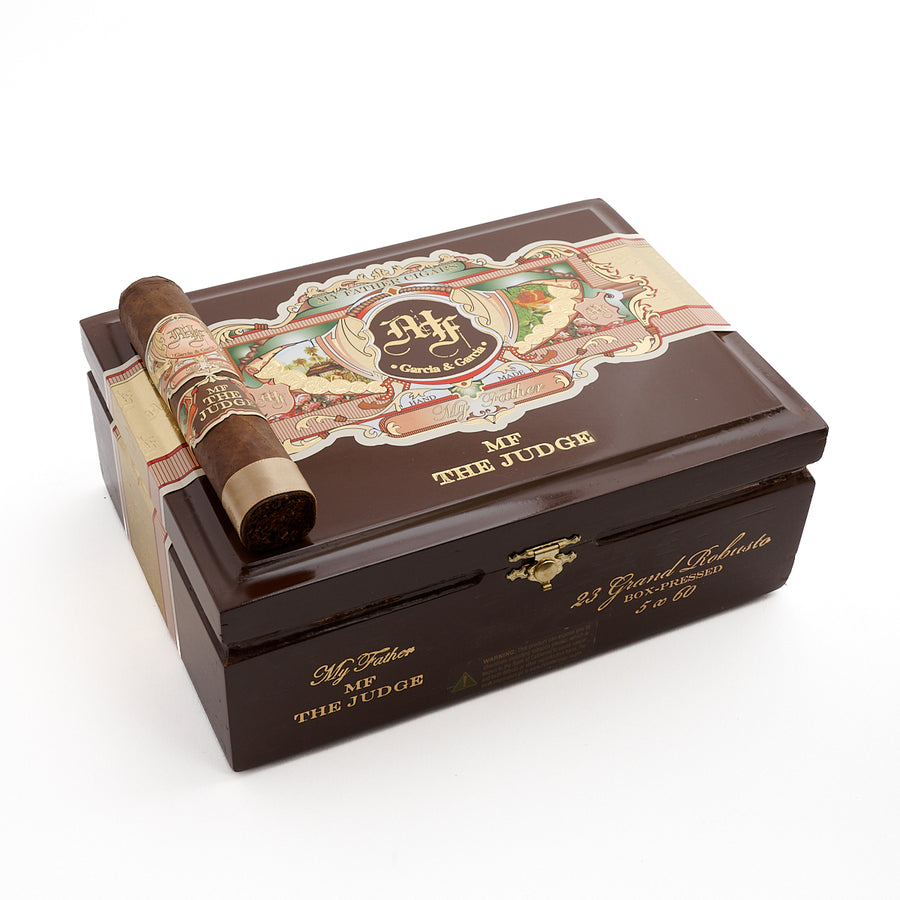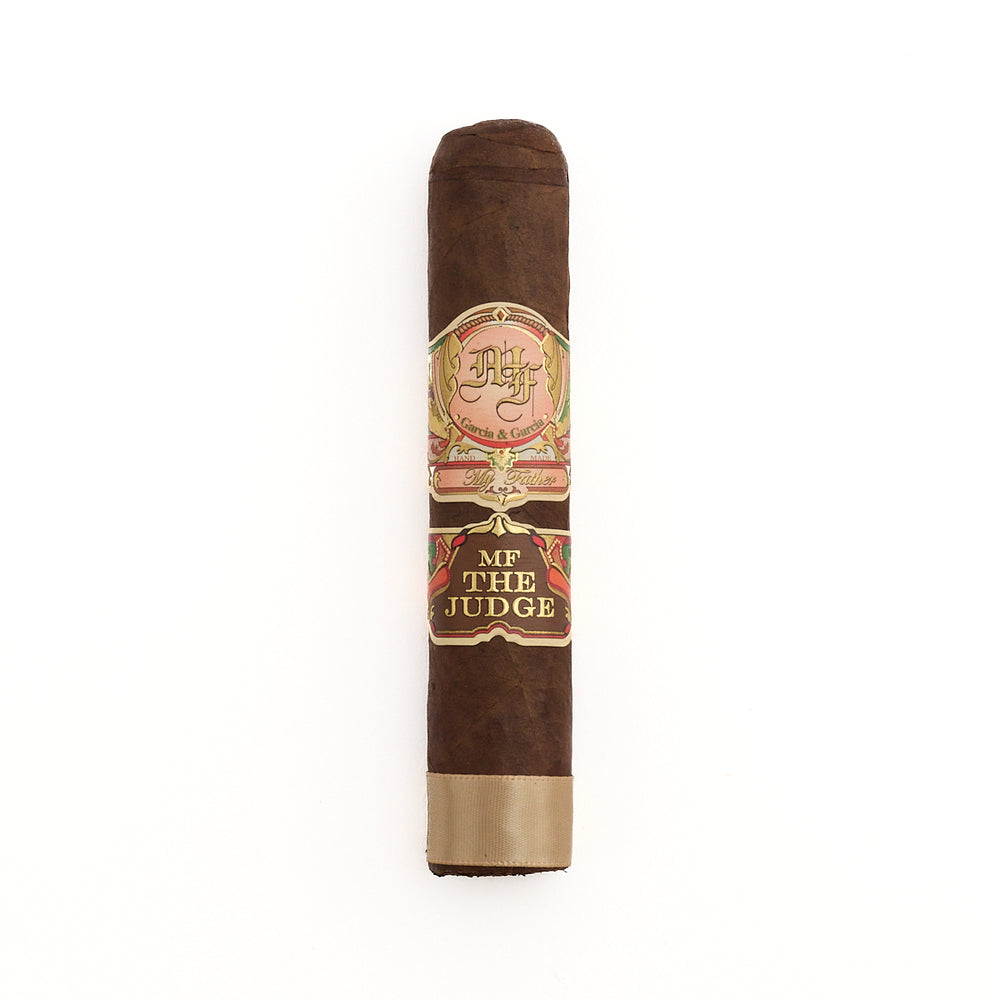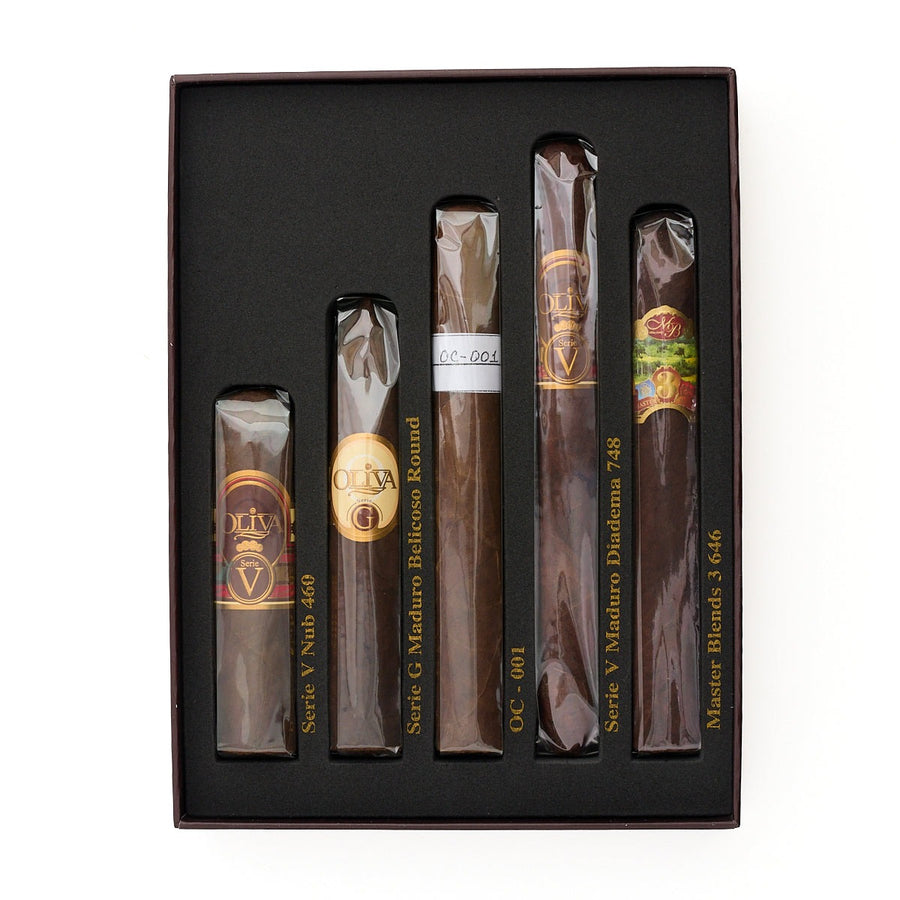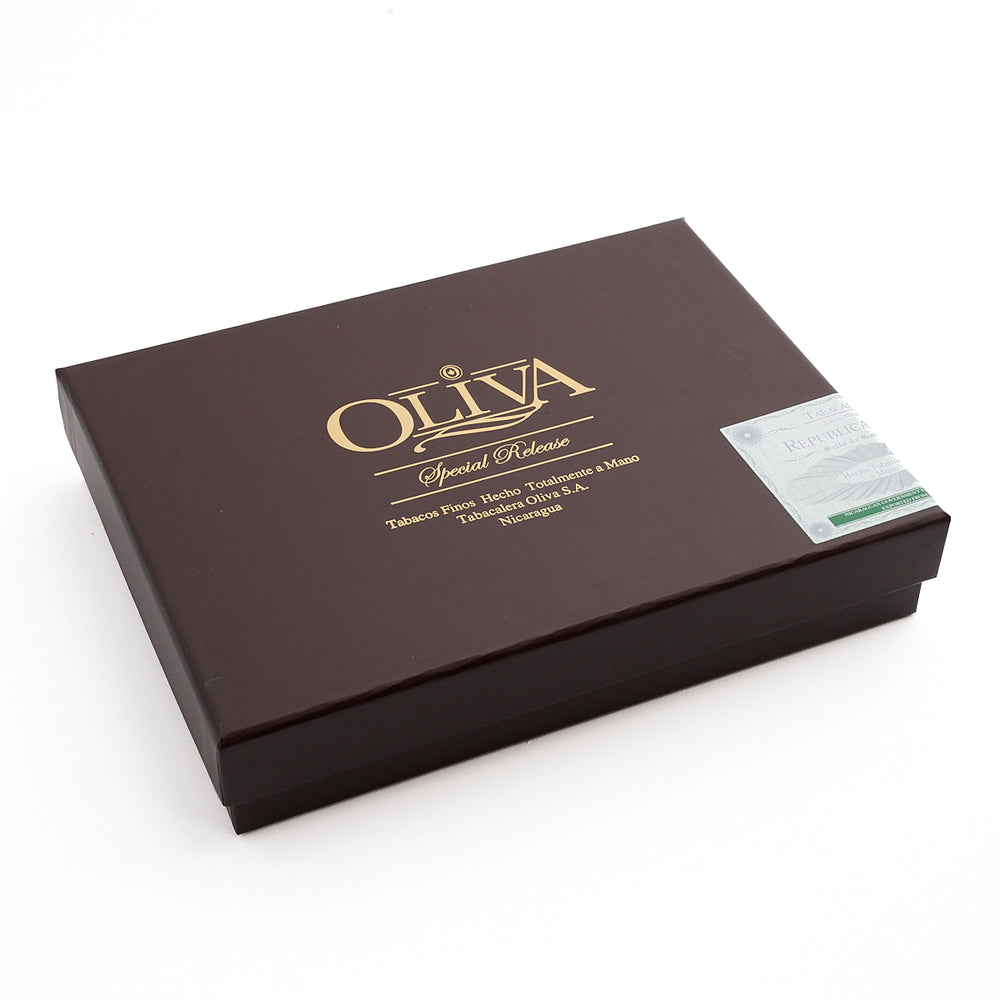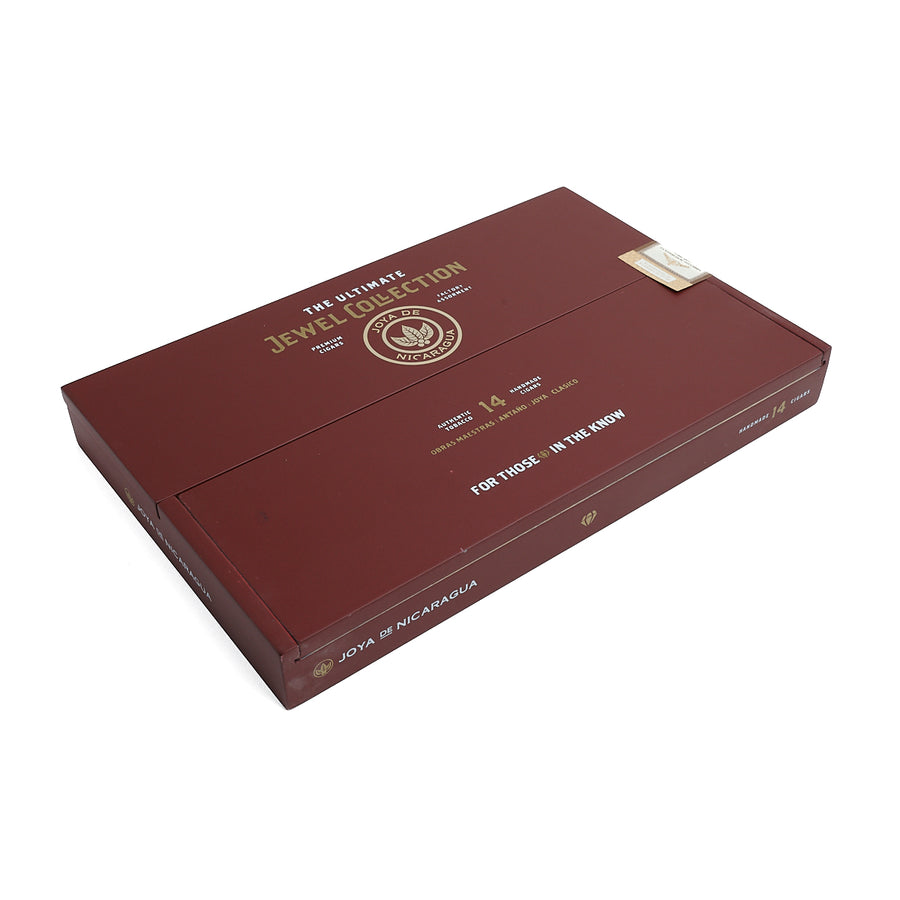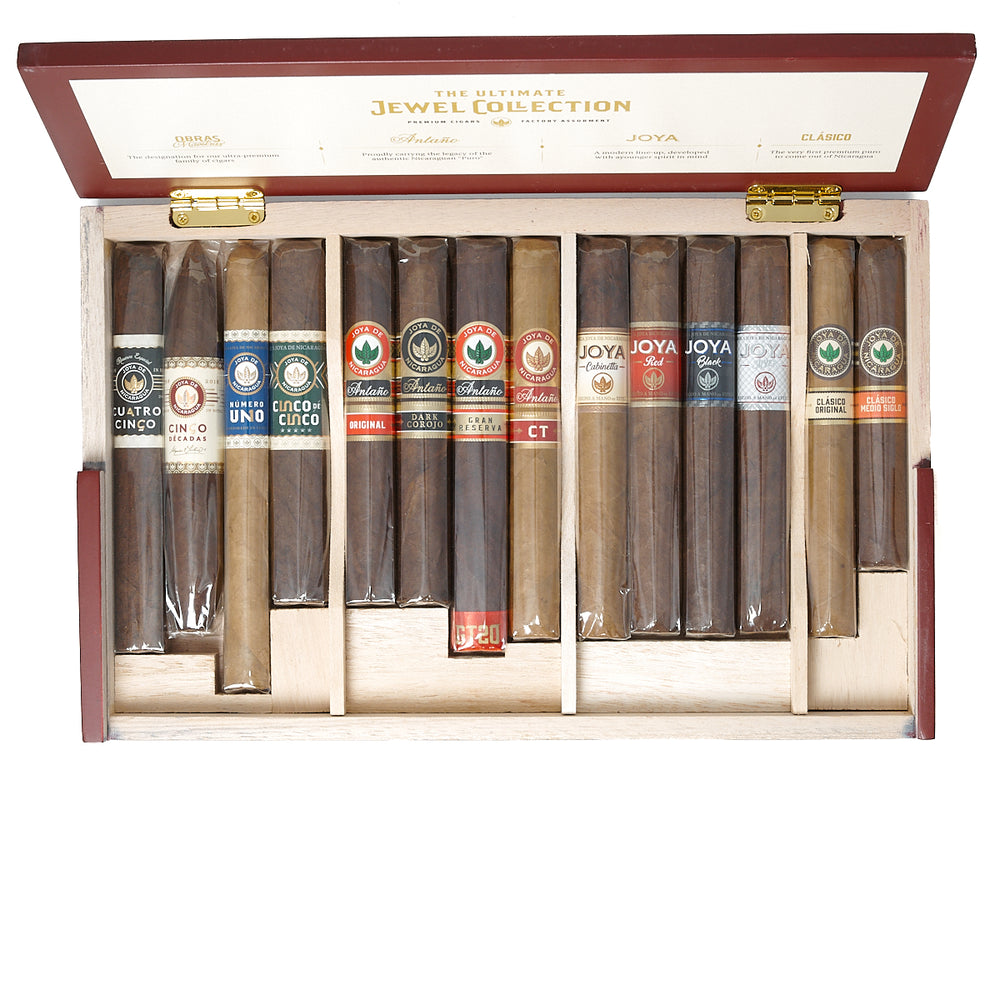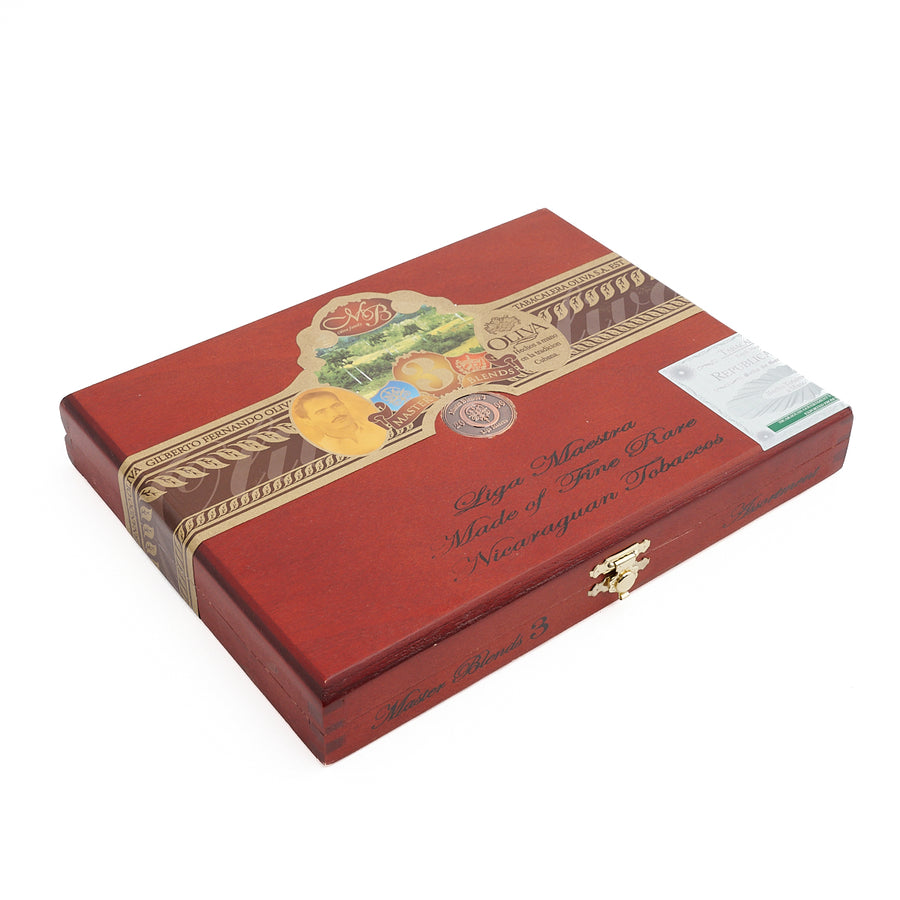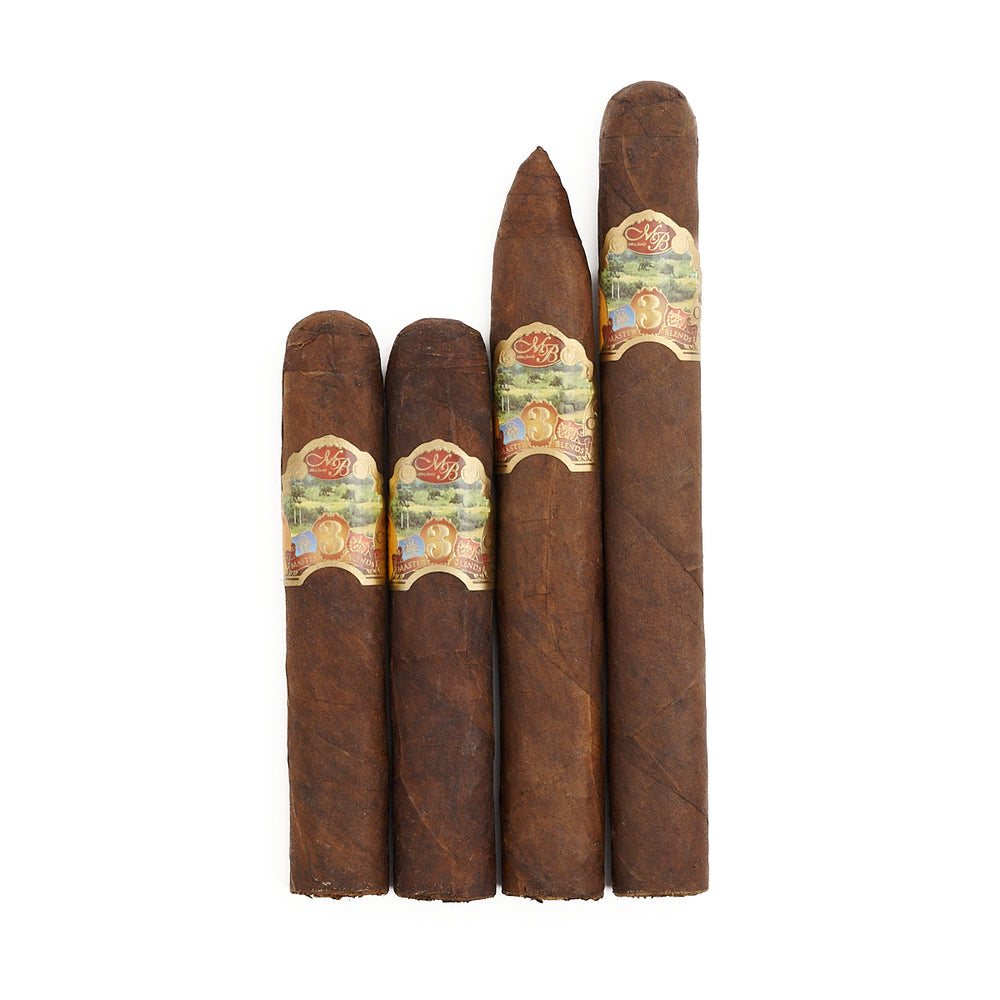Pipe Tobacco: An Introduction to Its Families, Components, and Shapes
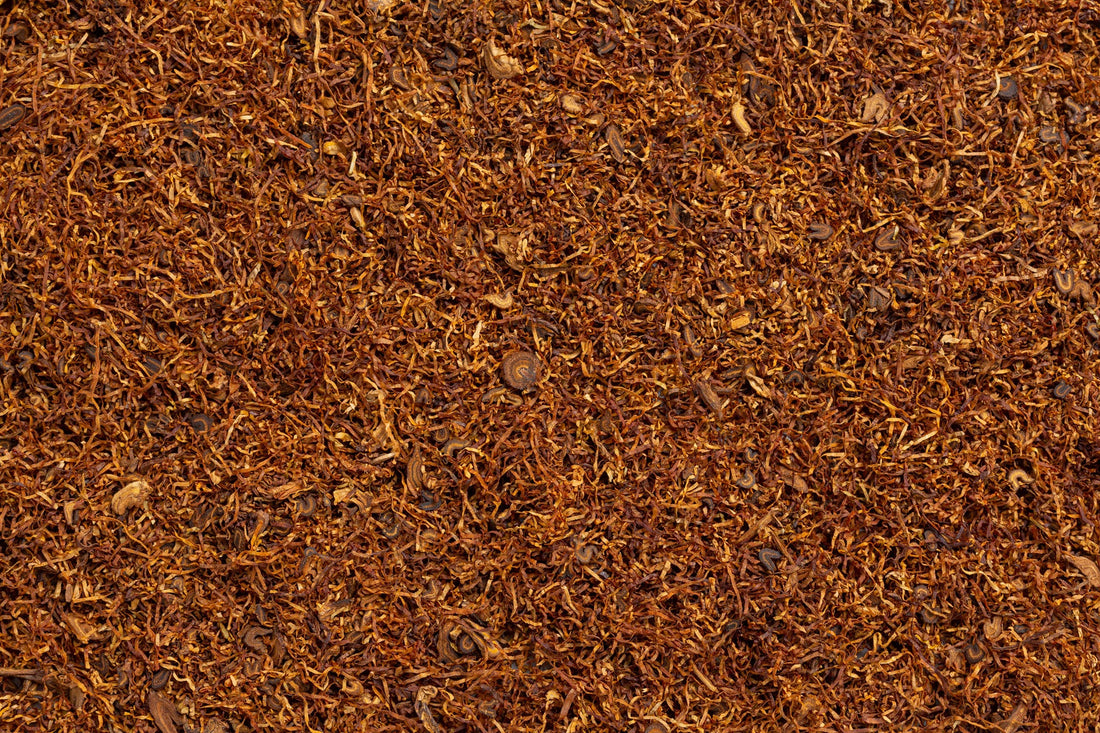
Introduction to Pipe Tobacco
Pipe tobacco is more than just a means of smoking; it's a journey through flavors, aromas, and traditions. Unlike cigarettes, pipe tobacco is enjoyed for its complex blends and the contemplative ritual of smoking a pipe. Each bowl is an opportunity to savor a unique combination of tobaccos, meticulously crafted to deliver an unforgettable experience.
Main Families of Pipe Tobacco
Pipe tobacco can be categorized into several main families, each offering distinct characteristics and flavors:
-
English Blends: Known for their complex, rich, and smoky profiles, English blends typically feature a combination of Virginia, Oriental, and Latakia tobaccos. The absence of added flavorings allows the natural tobacco flavors to shine, making these blends a favorite among purists.
-
Aromatic Blends: These blends are enhanced with added flavorings, such as vanilla, cherry, or chocolate, providing a sweet and pleasant smoking experience. Aromatic blends are popular among beginners and those who enjoy a milder, more fragrant smoke.
-
Burley Blends: Burley-based blends are known for their nutty, woody flavors and higher nicotine content. These blends offer a robust and satisfying smoking experience, making them a favorite among those who enjoy a fuller smoke.
-
Virginia Blends: These blends primarily feature Virginia tobacco, known for its bright, sweet, and tangy flavors. Virginia blends are light and refreshing, often enjoyed for their natural sweetness.
-
Latakia Blends: These blends showcase the distinctive smoky and leathery flavor of Latakia tobacco. Often combined with Virginia and Oriental tobaccos, Latakia blends are robust and earthy, perfect for those who enjoy a strong, complex smoke.
Key Components of Pipe Tobacco
Pipe tobacco blends are crafted using various components, each contributing unique flavors and characteristics:
-
Virginia Tobacco: Known for its bright, sweet, and tangy flavors, Virginia tobacco serves as the backbone of many blends. Its high sugar content and flue-curing process create a light and pleasant taste.
-
Burley Tobacco: This air-cured tobacco adds body and strength to blends. With its nutty, woody flavor, Burley tobacco offers a robust and satisfying experience.
-
Kentucky Tobacco: Similar to Burley, Kentucky tobacco is air-cured and known for its bold flavor. It's often darker and stronger, adding depth and intensity to tobacco blends.
-
Oriental Tobacco: Also referred to as Turkish tobacco, this sun-cured variety brings a rich, spicy, and sometimes floral flavor to the mix. Its complexity enhances aromatic blends.
-
Latakia: Cured over aromatic wood fires, Latakia tobacco boasts a distinctive smoky, leathery flavor. It's a key component in English blends, adding a robust and earthy note.
-
Perique: Originating from Louisiana, Perique is a powerful and spicy tobacco. Fermented and aged in barrels, it introduces a peppery kick to blends, often used sparingly to enhance complexity.
-
Cavendish Tobacco: This isn't a specific type of tobacco but rather a process of curing and cutting. Cavendish tobacco is often steamed and flavored, resulting in a milder and sweeter taste.
Shapes and Cuts of Pipe Tobacco
Pipe tobacco comes in various shapes and cuts, each influencing the smoking experience:
-
Ribbon Cut: Long, thin strips that are easy to pack and light.
-
Flake Cut: Pressed into thin slices, offering a slow and cool burn.
-
Plug Cut: Dense and compact, requiring preparation but rewarding with a rich, concentrated flavor.
Conclusion
Pipe tobacco is more than just a hobby; it's a journey through flavors, history, and tradition. Whether you prefer the bright sweetness of Virginia tobacco or the bold smokiness of Latakia, there's a blend for every palate. As you explore the diverse world of pipe tobacco, you'll find a rich tapestry of experiences waiting to be discovered.



